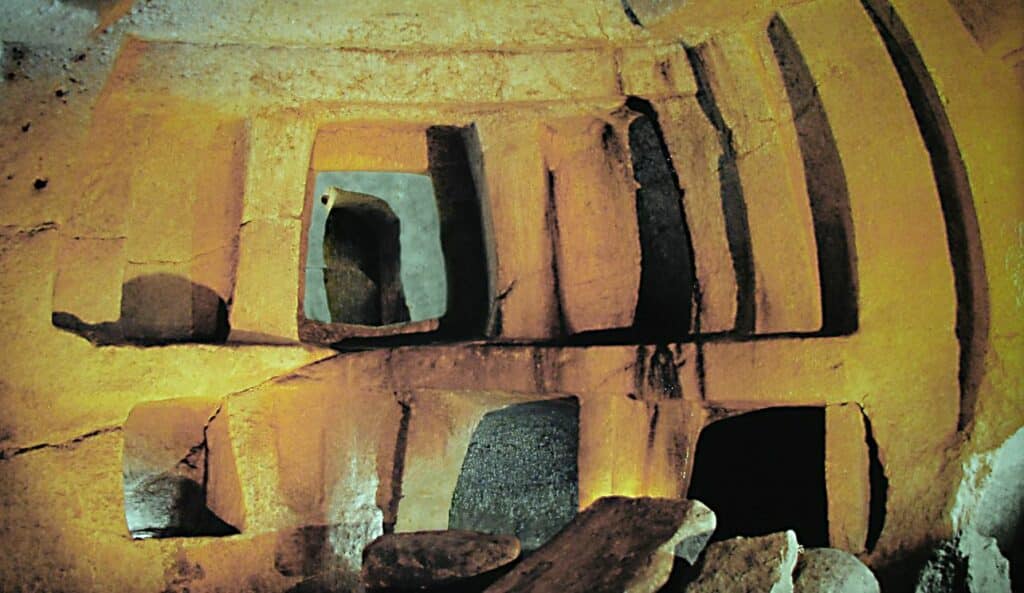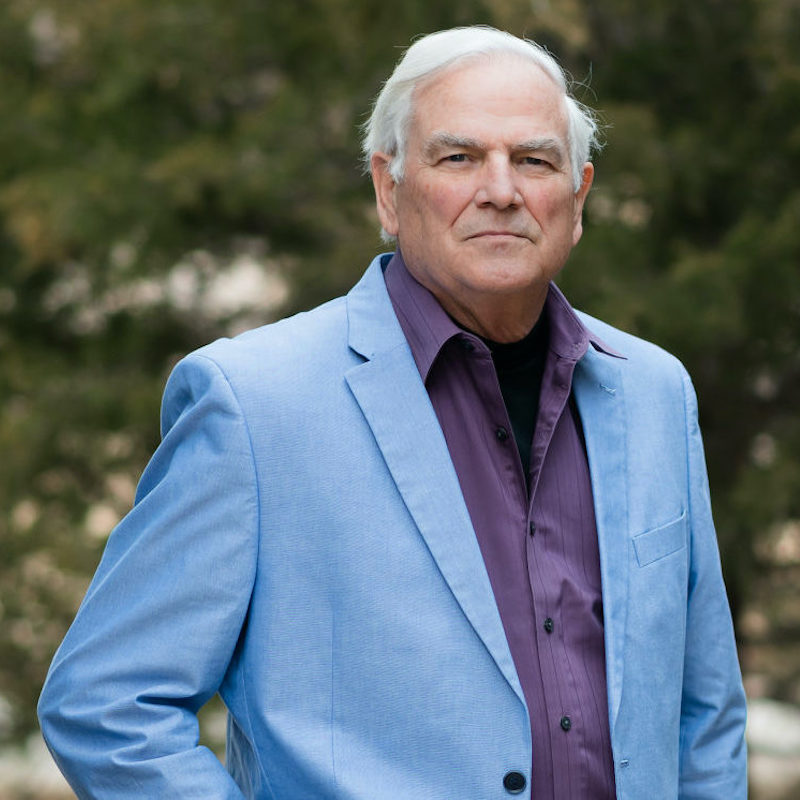An old Soap Lake High School (Soap Lake, Washington) buddy, Mike McNamara had just watched a History Channel episode on the 110 Hz phenomena. Knowing the HHTM blog and my interest in strange things relative to hearing, sound and audiology, he asked me if I had ever done anything a blog on this topic. For Mac and others interested, if you did not see them first time around, I wrote a bit on this topic in May, 2013 in a series called the Auditory Clues to Extraterrestrial Visits, Part I, Part II & Part III and about 3 years ago (February, 2015) in a discussion of Binaural Beats which are closely related to the 110Hz phenomena. While none of these blogs specifically discuss the 110 Hz phenomenon there is evidence that that many of the ancient temples and monuments in various parts of the world have one thing in common….. 110Hz sound that is engineered into their structures.
The frequency of 110 Hz is widely recognized as the fundamental pitch of the human voice. It holds significant cultural and spiritual significance, as both Buddhist and Hindu practitioners utilize this frequency when reciting their sacred mantras. Deepening our understanding, archaeologists have uncovered evidence suggesting that ancient chambers were specifically designed and utilized for various rituals and communal chanting, further reinforcing the connection to this frequency.

Left vs. right brain
Within these chambers, the resonance of 110 Hz is believed to have had a profound impact on the brain’s right hemisphere, fostering heightened activity in this region. The right brain is known to be the seat of artistic expression, poetic sensibility, spirituality, emotions, imaginative thinking, and groundbreaking innovations. It possesses an innate intuition, contrasting with the left brain’s analytical and logical tendencies. Research has revealed that accessing and stimulating the right brain leads to improved problem-solving skills and reduced conflict within individuals.
This remarkable phenomenon defies conventional patterns of logic and operates in a realm of boundless freedom. Its significance to our ancestors was so profound that they constructed these symbolic structures, imbuing them with sacredness to honor and embody this enigmatic power. These chambers stood as tangible representations of the unfettered potential inherent in the human mind, inviting individuals to transcend ordinary constraints and embrace the limitless possibilities within themselves.
Archaeoacoustics is a new sub discipline with archeology that studies the acoustics within archaeological sites and artifacts. Since many of the ancient cultures focused on the oral and therefore the aural, it is becoming increasingly recognized that the study of the sonic nature within archaeological structures can enhance the understanding of these structures and the ancient cultures that created them.
Archeoacoustics is an interdisciplinary field which includes areas such as archaeology, ethnomusicology, acoustics and digital modelling.
Hal Saflieni Hypogeum
Emerging studies in archaeology by these new professionals, described by the Old Temples Study Foundation, suggest that sound and a desire to harness its effects may have been equally important to the visual aesthetics in the design of humankind’s earliest ancient temples and monumental buildings. According to this new research, ancient, or prehistoric, builders of the monumental structures found in such diverse places as Ireland, Malta, southern Turkey and Peru all have a peculiarly common characteristic — they may have been specially designed to conduct and manipulate sound to produce certain sensory effects, in particular, the generation of a 110Hz sound (now measured by the archaeoacoustic professionals) which may also be set up to be used as Binaural beats.
Beginning in 2008, a recent and ongoing study of the massive 6,000-year-old stone structure complex known as the Hal Saflieni Hypogeum on the island of Malta is producing some revelatory results.

Hal Saflieni Hypogeum. Image credit: Wikimedia commons
Located in Paola, Malta, the Hal Saflieni Hypogeum is a cultural property of exceptional prehistoric value and the only known example of a subterranean structure from the Bronze Age. The ‘labyrinth’, as it is often called, consists of a series of elliptical chambers and alveoli of varying importance across three levels, to which access is gained by different corridors. The principal rooms distinguish themselves by their domed vaulting and by the elaborate structure of false bays inspired by the doorways and windows of contemporary terrestrial constructions. The structure is unique in that it is subterranean and created through the removal of an estimated 2,000 tons of stone carved with stone hammers and antler picks.
Acoustically, low voices within the walls of this carved out structure create eerie, reverberating echoes, and a sound made or words spoken in certain places can be clearly heard throughout all of its three levels. Now, scientists are suggesting that certain sound vibration frequencies created by the structure are at 110 Hz and when sound is emitted within its walls actually alter human brain functions of those within earshot. Many of these sophisticated cultures created Megalithic structures shows complicated aspect of architecture known as Corbelling. A system of over-sailing row stones descending one by one. Balanced by dividing the weight of the stones equally. The Mathematics involved in the design of this carved limestone is massive an present in many structures around the world. Whether it was deliberate or not, but the people who spent time under its influence will resonate to the same frequency affecting their minds.
Its not just in Malta, but Ireland as well ….a structure about the same age as the Maltese one called, Newgrange is a Stone Age (Neolithic) monument in the Boyne Valley, County Meath, it is the jewel in the crown of Ireland’s Ancient East. Newgrange was constructed about 5,200 years ago (3,200 B.C.) which makes it older than Stonehenge and the Great Pyramids of Giza. Its also a 110 Hz signal structure……and there are many others!
References:
Jacobs, E. (2017). With Archaeoacoustics, Researchers Listen for Clues to the Prehistoric Past. Atlas Obscura. Retrieved February 12, 2018.
Newgrange.com (2018). Newgranges: World Heritage Site. Retrieved February 15, 2018.
Popular Archaeology (2012). Ancient Builders Created Monumental Structures that Altered Sound and Mind, Say Researchers. Retrieve February 12, 2018
Traynor, R. (2015). Binaural Beats. Hearing Health and Technology Matters (HHTM). Retrieved February 12, 2018.
Soap Lake Chamber of Commerce (2018) Soap Lake, Washington. Retrieved February 11, 2018.
About the author

Robert M. Traynor, Ed.D., is a hearing industry consultant, trainer, professor, conference speaker, practice manager and author. He has decades of experience teaching courses and training clinicians within the field of audiology with specific emphasis in hearing and tinnitus rehabilitation. He serves as Adjunct Faculty in Audiology at the University of Florida, University of Northern Colorado, University of Colorado and The University of Arkansas for Medical Sciences.
**this piece has been updated for clarity. It originally published in 2015








Bob, clicking on the “…listen to 110Hz” seems to only reload the page. I did not hear anything.